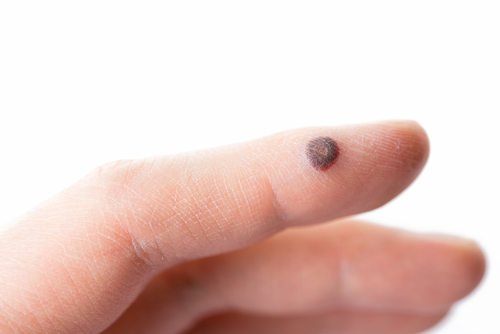DIAGNOSIS
Warts are usually diagnosed based only on their appearance.
More testing is done in rare cases., your doctor may take a sample of the growth and examine it (a skin biopsy) if the diagnosis of a skin condition is unclear or if you are at high risk for having skin cancer. A biopsy is usually done if a skin growth is darker than the skin surrounding it, appears as an irregular patch on the skin, bleeds, or is large and growing rapidly.
RECOMMENDED MEDICATIONS
Nonprescription medicines
Nonprescription medicines include:
Prescription medicines
Medicines that your doctor may use or prescribe for you include:
- Retinoid cream (Avita, Retin-A)
- Cantharidin (Cantharone, Cantharone Plus)
- Immunotherapy medicines. These medicines may include imiquimod, contact sensitizers, and interferon.
- Bleomycin injection.
What to think about
Other medicines used for warts include 5-fluorouracil, which is more often used on genital warts, and cimetidine. Cimetidine can be taken by mouth (orally) or as an injection.
As with any medicine, talk to your doctor before using a wart medicine if you are or may be pregnant. Some wart medicines may cause birth defects.


